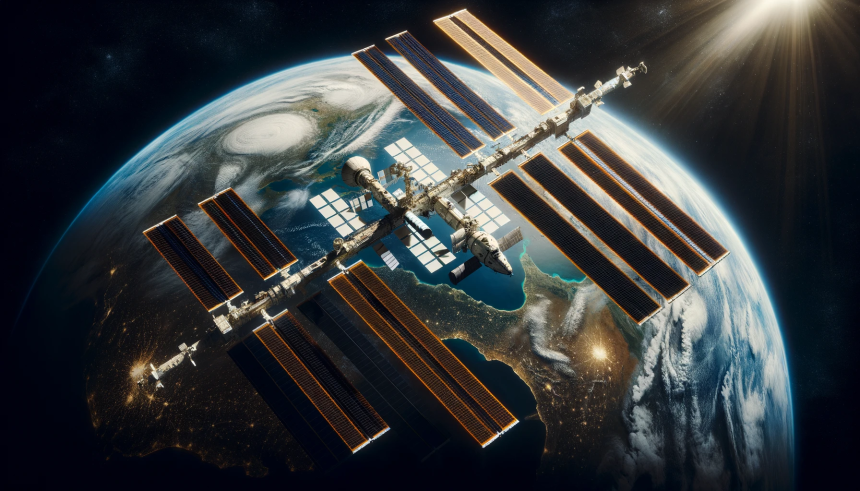NASA and Boeing are set to hold a media teleconference on June 18 to discuss the upcoming departure of the Starliner spacecraft from the International Space Station (ISS). This mission, known as Boeing Crew Flight Test, marks a significant phase in NASA’s Commercial Crew Program. The teleconference will provide insights into mission details and weather assessments for potential landing sites in the southwestern United States.
Boeing’s Starliner spacecraft, also called CST-100 Starliner, is a crewed spaceflight vehicle designed to transport astronauts to the ISS and other low-Earth orbit destinations. Launched in December 2019, the Starliner is engineered to be reusable for up to ten missions. It was developed and launched by Boeing at Cape Canaveral Space Force Station in Florida.
NASA, Boeing, and the ISS management teams will jointly evaluate the mission’s requirements and weather conditions before finalizing the spacecraft’s departure. This collaborative approach ensures all safety protocols are met and optimal landing conditions are available.
In the past, several test flights and evaluations were conducted to ensure Starliner’s readiness for crewed missions. Previous missions highlighted both successes and challenges that needed to be addressed. Comparing past events with the current mission provides a comprehensive overview of the advancements made and the operational readiness of the Starliner spacecraft.
Key Personnel and Details
The teleconference will feature key NASA and Boeing personnel such as Steve Stich, Dana Weigel, Mike Lammers, and Mark Nappi. These experts will provide detailed insights into the mission’s objectives, expected outcomes, and contingencies. Media participation is encouraged to facilitate transparent communication with the public.
NASA astronauts Butch Wilmore and Suni Williams launched on June 5 aboard the United Launch Alliance Atlas V rocket. Docking occurred on June 6, marking a significant milestone for the Starliner system. The mission tests the spacecraft’s capabilities end-to-end, evaluating its performance and safety protocols.
Inference and Significance
- The teleconference enables real-time updates and transparent communication about the mission.
- Assessing weather conditions ensures the safety and success of the spacecraft’s landing.
- Participation of key personnel underscores the importance of collaborative efforts in space missions.
The success of this mission could pave the way for future crewed missions using the Starliner spacecraft. Detailed evaluations and transparent communications highlight the commitment to safety and precision in space missions. The outcomes from the teleconference and subsequent mission activities will inform future decisions and developments in NASA’s Commercial Crew Program. Understanding the intricacies of the Starliner missions helps in assessing technological advancements and preparedness for crewed spaceflights.
- NASA and Boeing hold a teleconference about Starliner’s ISS departure.
- Starliner launched in December 2019 and is designed for reusable missions.
- Key personnel will provide mission details and safety evaluations.










